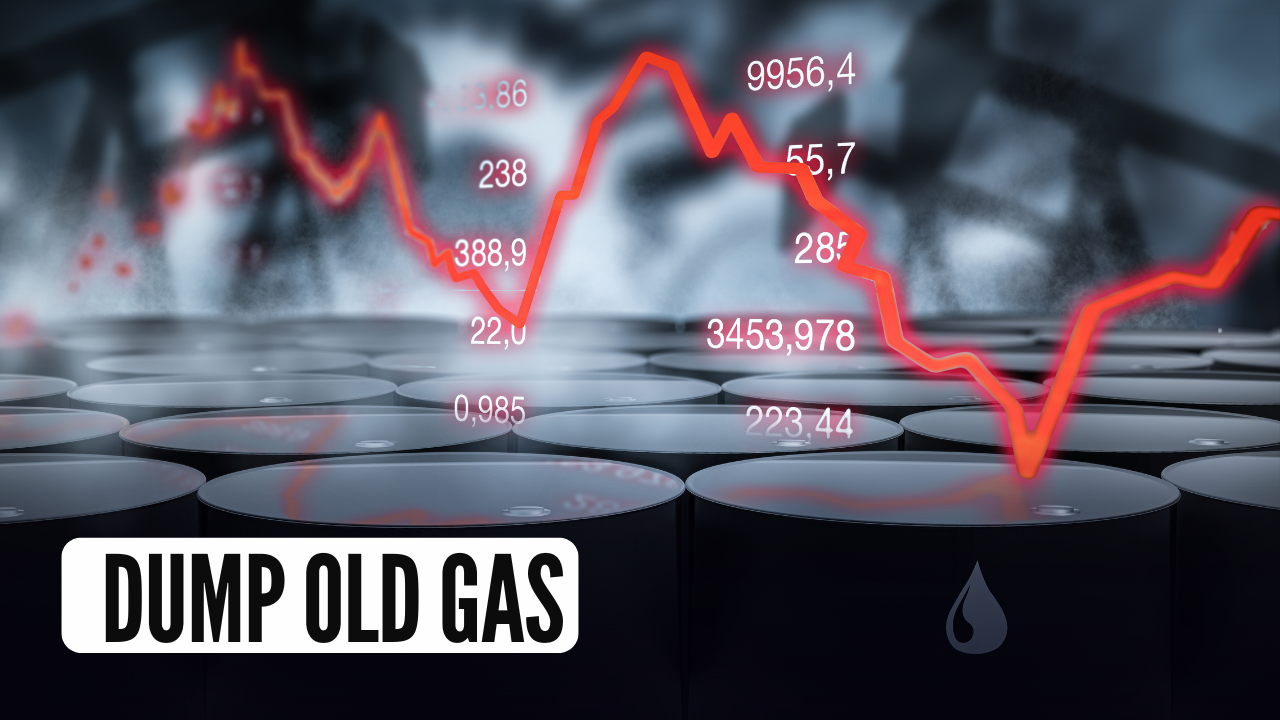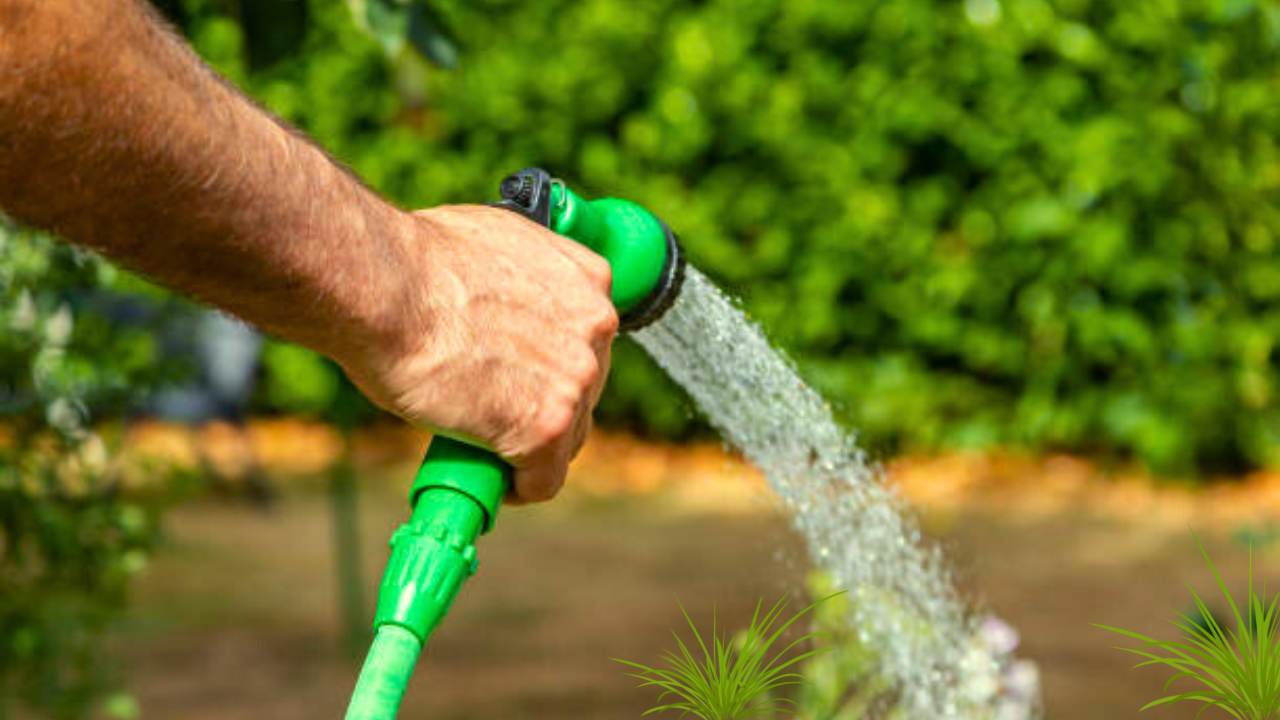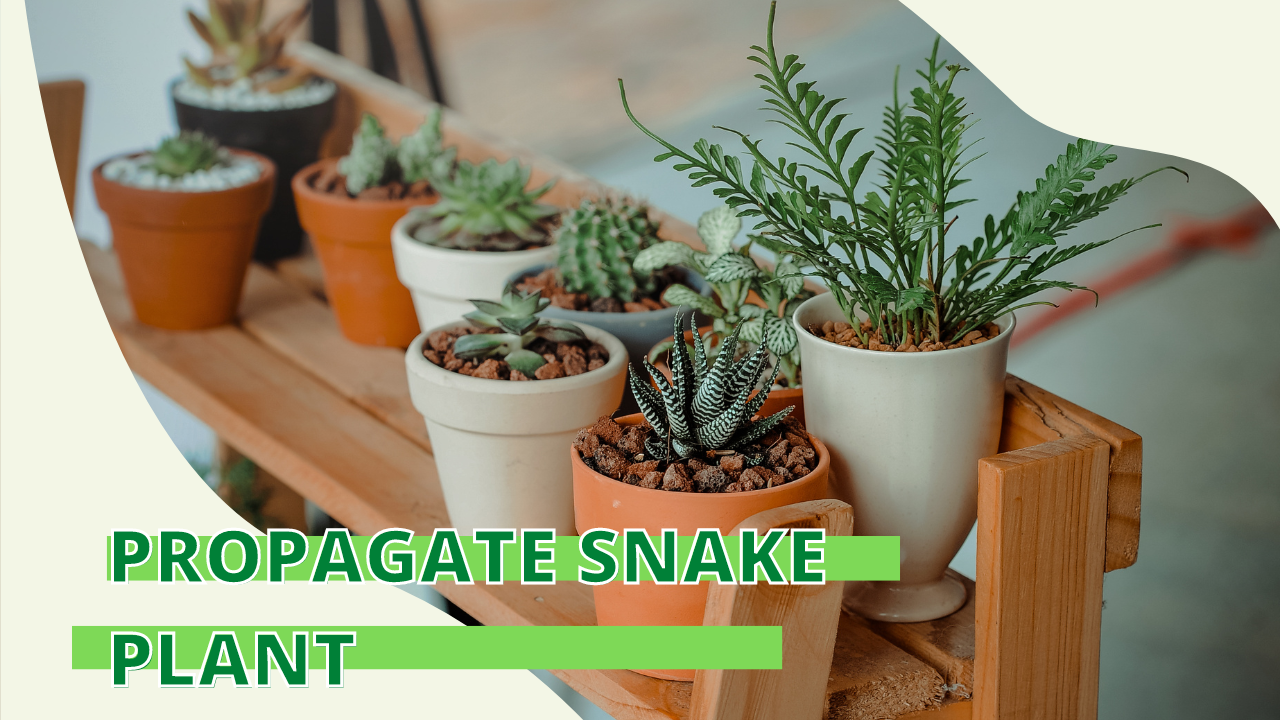Properly disposing of old gasoline is crucial for both environmental safety and personal well-being. Gasoline, when old or improperly handled, can be hazardous. This guide will help you understand how to safely dispose of old gas, ensuring that you follow best practices and adhere to local regulations.
Why Proper Disposal of Old Gas is Important
Old gasoline can become unstable over time, posing risks like fire hazards and environmental contamination. Gasoline that has deteriorated can contain harmful substances that can damage soil, water sources, and air quality. By properly disposing of old gas, you ensure safety and environmental protection.
How to Identify Old Gasoline
Signs of Old Gasoline
- Smell: Old gasoline has a distinct sour or varnish-like odor.
- Color: It may appear darker or have a cloudy appearance.
- Consistency: It can become thick or sticky.
Testing Old Gasoline
- Smell Test: If it doesn’t smell like fresh gasoline, it’s likely old.
- Visual Check: Look for discoloration or particulates.
Safe Disposal Methods
Local Disposal Facilities
1. Hazardous Waste Collection Centers
Most communities have hazardous waste collection centers where you can drop off old gasoline. These centers are equipped to handle and dispose of hazardous materials safely.
2. Recycling Centers
Some recycling centers accept old gasoline for recycling or proper disposal. Check with your local center to see if they offer this service.
Automotive Service Stations
1. Auto Repair Shops
Many auto repair shops accept old gasoline from customers. They can safely handle and dispose of it, often as part of their service.
2. Gas Stations
Certain gas stations might accept old gasoline for disposal. It’s best to call ahead and confirm their policies.
Municipal Disposal Programs
1. Curbside Pickup
Some municipalities offer curbside pickup for hazardous materials, including old gasoline. Check with your local waste management authority for details.
2. Special Collection Events
Look out for special collection events hosted by local governments or environmental organizations where you can drop off old gasoline.

How to Store Old Gasoline Before Disposal
Proper Storage Techniques
1. Use a Sealed Container
Store old gasoline in a well-sealed, approved container to prevent leaks and evaporation.
2. Keep it in a Cool, Dry Place
Store the container in a cool, dry area away from heat sources or direct sunlight to prevent further deterioration.
Safety Precautions
1. Avoid Contact
Keep old gasoline away from children and pets.
2. Ventilation
Ensure the storage area is well-ventilated to minimize the buildup of harmful fumes.

FAQs About Dump Old Gas
How Can I Tell if My Gasoline Is Too Old?
Answer: Gasoline older than 3-6 months can start to degrade. If it has an unusual smell, color, or consistency, it’s likely old and should be disposed of properly.
Can I Use Old Gasoline in My Car?
Answer: It’s not recommended. Old gasoline can cause engine problems and reduce performance. Always use fresh gasoline for optimal engine function.
What Should I Do If I Can’t Find a Disposal Facility?
Answer: If you’re unable to find a local disposal facility, consider contacting your local government for advice or exploring online resources for hazardous waste disposal.
Final Thoughts
Proper disposal of old gasoline is not only a responsible practice but also crucial for maintaining environmental and personal safety. By following the guidelines outlined in this article, you can ensure that old gasoline is disposed of in a manner that protects our planet and your community. Always check local regulations and facilities to find the most suitable disposal method.

















